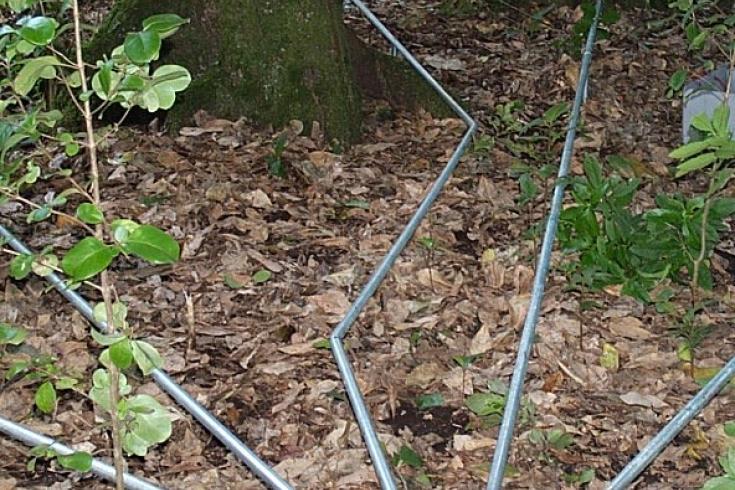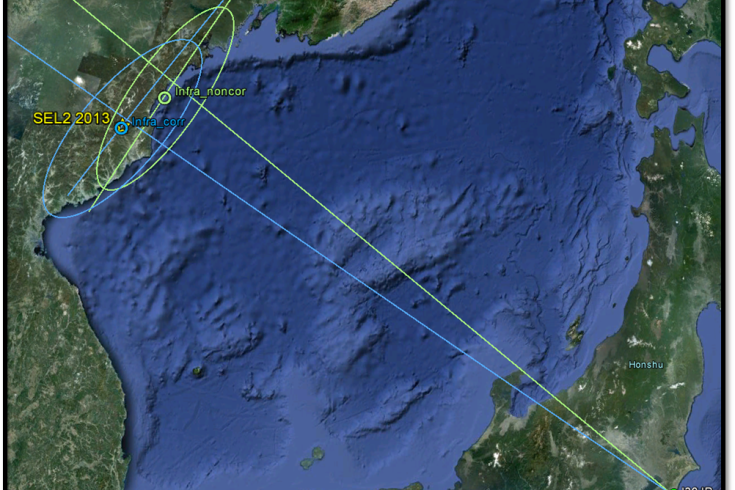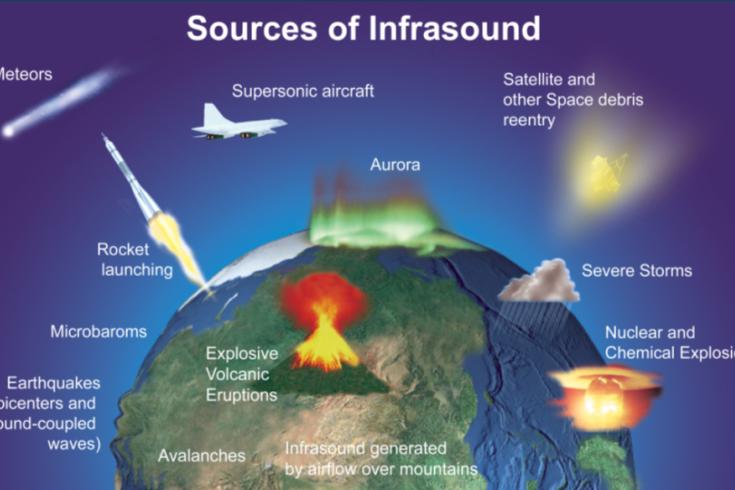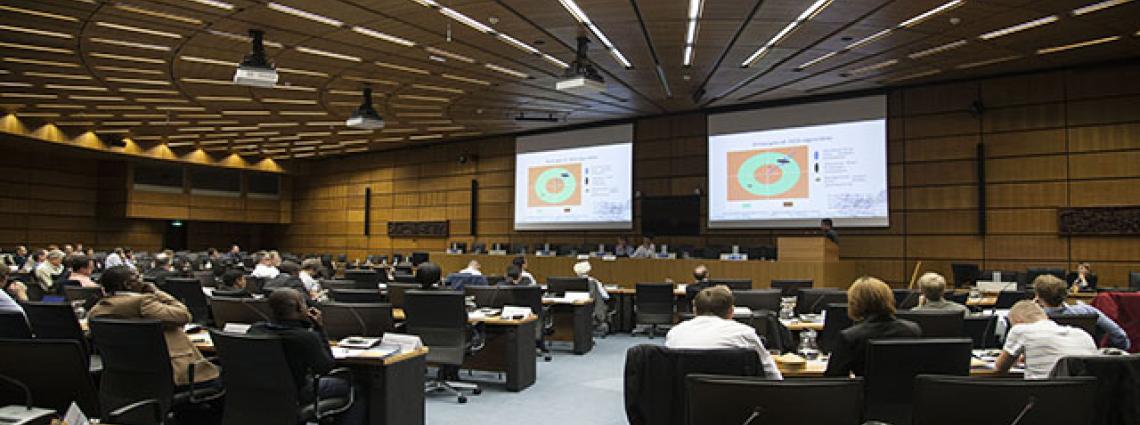Infrasound Technology Workshop 2014
It’s important that each country be confident with the collection techniques and analysis methodology employed at the International Data Centre and be able to replicate these analyses on their own – should they chose to. The Treaty cannot be effective unless we employ methods that are viewed as credible and current by the scientific community, this is why we need events like the Infrasound Technology Workshop to create and share new ideas.
Infrasound station IS37 station in Bardufoss, Norway has been adapted to the specific atmospheric conditions of the Norwegian forest.

Array element pipes of infrasound station IS36 in New Zealand have been bent around the trees.
Thanks to its global coverage, the CTBT’s network forms the backbone of international infrasound research.

It has been an amazing experience and I had the chance to learn more; I believe it is of crucial importance for us to meet other infrasound experts in order to advance with our researches. My country, Cameroon, is often affected by lake craters explosions. During this workshop, I could compare findings on the topic with colleagues.

Infrasound waves are acoustic waves with very low frequencies, inaudible to the human ear.
For my country, studying infrasound technology is of crucial importance. In particular, Africa is affected by volcanic eruptions and seismic activities. We need to keep on using the infrasound technology and make attempts in order to associate findings and characterize volcanic and seismic aspects.
The IMS infrasound network: click for interactive map
Every year an increased number of people attend the Infrasound Technology Workshop, this also means that more people are aware of the topic of infrasound, its concrete applications and the CTBTO’s mission […] besides technical coordination, we have the duty to educate people and explain what the infrasound technology can give to us.
17 Oct 2014
